How to make a cappuccino at home, according to baristas (turns out the cocoa is key)
Everything you need to cappucci-know to make a barista-quality coffee in the comfort of your kitchen

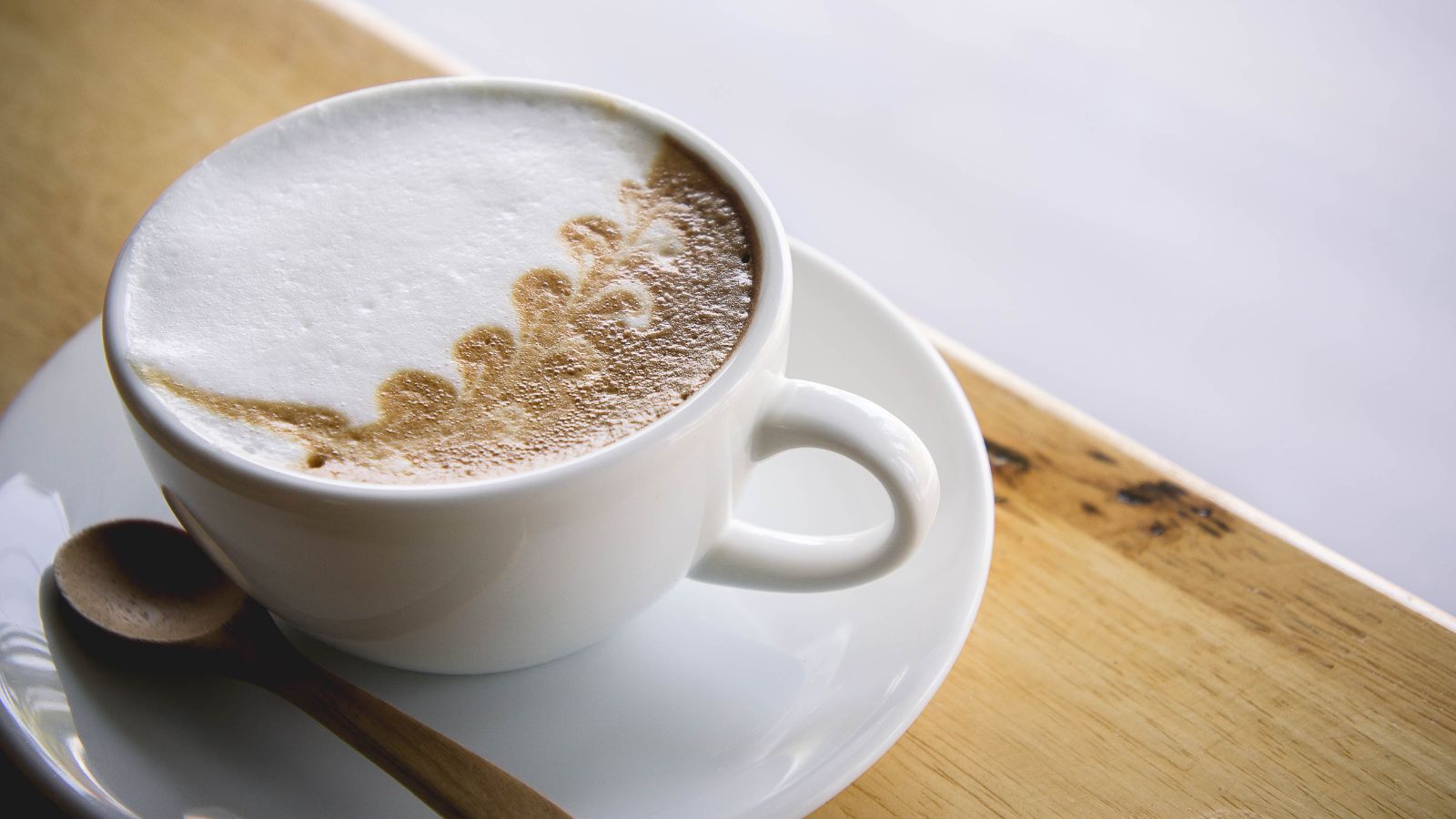
The infamous cappuccino, drunk exclusively before 11am in Italy is a café favorite. If you’re wondering how you make one at home (as well as why they’re a pre-11am exclusive) you’re in the right place. As a former barista, I'm more than familiar with all the cappuccino components.
These famously delicious drinks are best made in an espresso machine. If you already own one of these, all you need to know is how to make espressos and how to steam milk at home. Once you've perfected these, you'll be able to make so much more than cappuccinos. When guests demand it, you can whip up lattes, flat whites, and Americanos in no time.
Our priority for now though is making cappuccinos. These strong, sweet, frothy drinks are, in my opinion, the best coffee you can learn to make. They’re a proper coffee delight, celebrating aromatic espresso flavors with the soft, silky sweetness of milk.
I’ve spoken with baristas and coffee experts to give you all the essential information you need (as well as some barista-recommended tips and tricks) for making delicious cappuccinos in the comfort of your own home. If you want all the details on when to drink it; why cocoa is essential; and who makes the best cappuccino cups, look no further. Here's everything you need to know.
How to make a cappuccino with an espresso machine
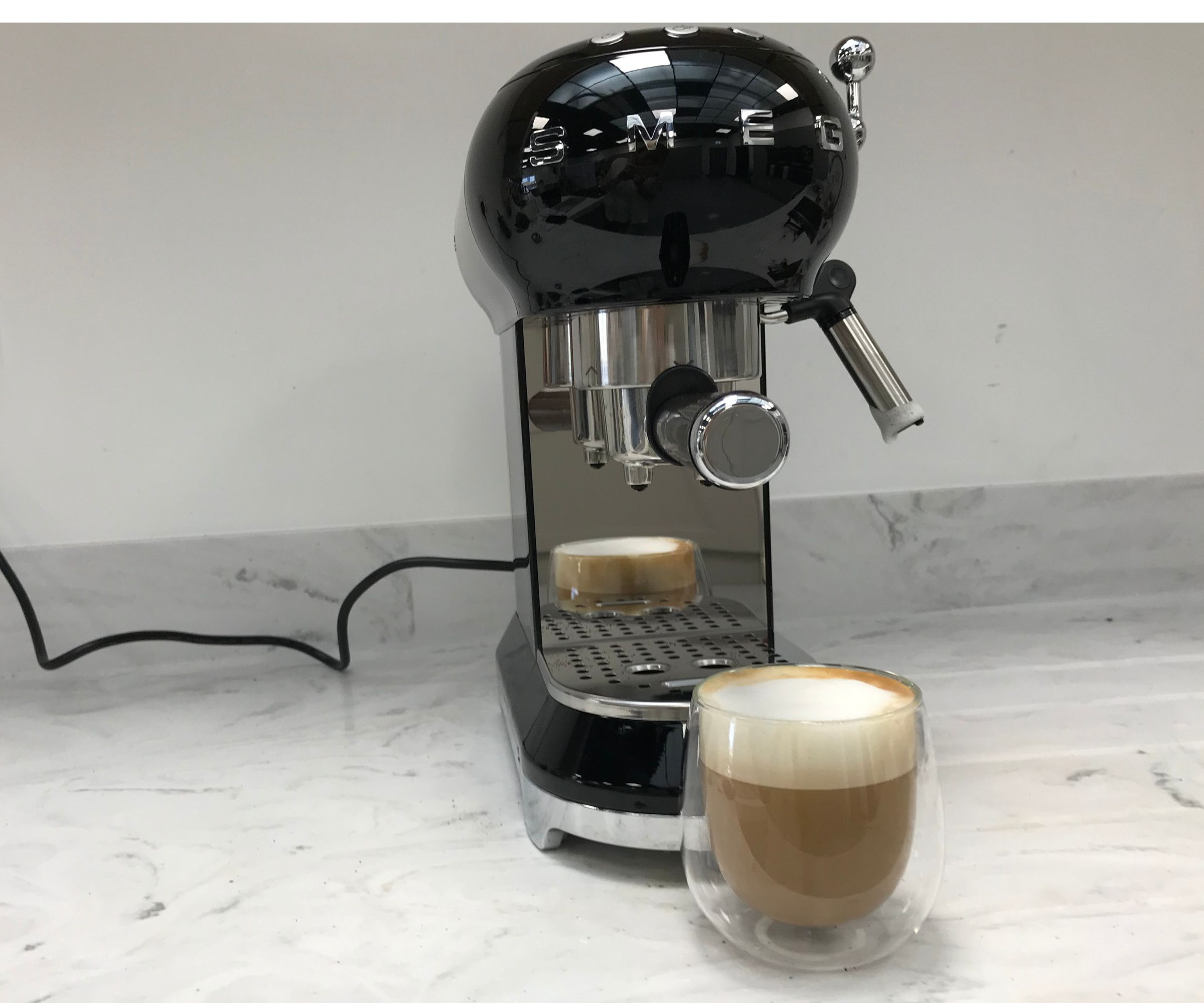
A cappuccino made using Smeg's semi-automatic espresso machine
If you own an espresso machine, you’re in luck. It’s easy to make the perfect cappuccino in one of these. Kayla Stavridis, a former barista, says ‘To start, you'll need to pull a double shot of espresso. It should have a rich caramel color. Then, steam your milk to create a velvety microfoam. To do this, keep the steam wand just below the milk's surface to introduce air and create foam. Stop when your milk is about 150-155°F. You'll be able to tell because the outside of your stainless steel jug will be hot to touch.'
Different baristas have different ratios for making a cappuccino, but the general rule is 1/3 espresso, 1/3 hot milk, and 1/3 foam. Kaya recommends 'pouring your milk with a low, steady hand to maintain the milk layers'. When you want to get the characteristic foam into your cappuccino cup, pour quickly and at a steep angle from your milk jug.
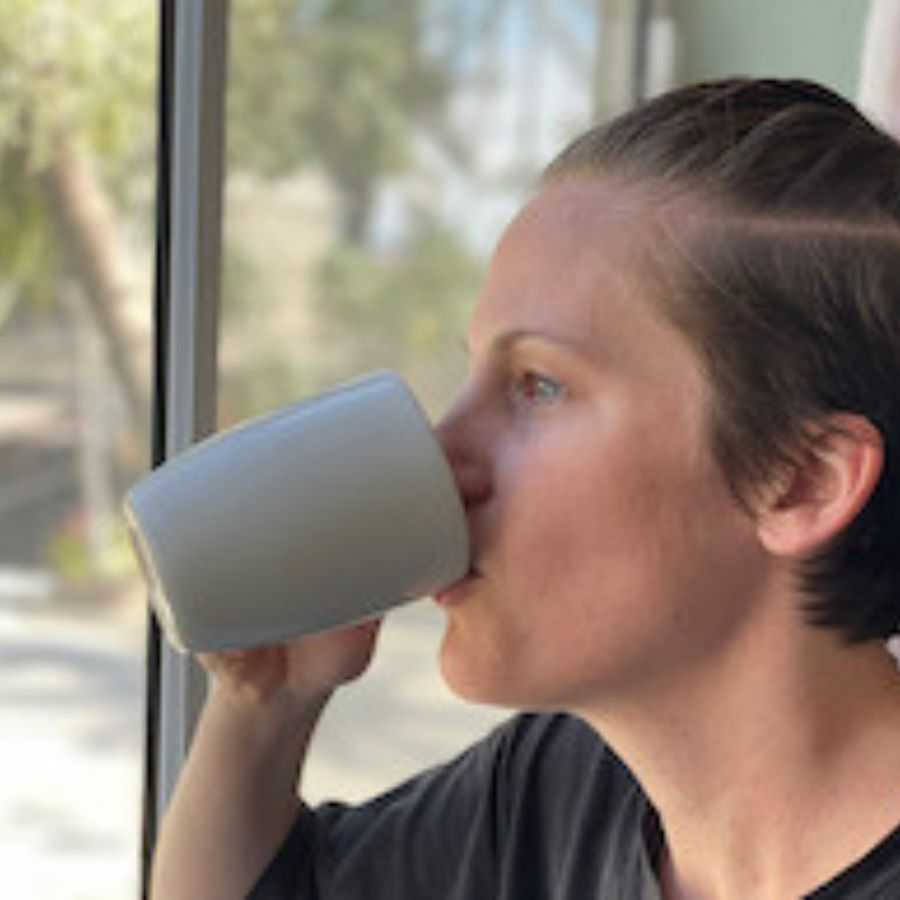
As a former Starbucks barista, Kayla has lost count of how many lattes she has made. She's passionate about all things cappuccino and has lost count of how many she's served. She's full of expert tips and tricks for making the perfect one.
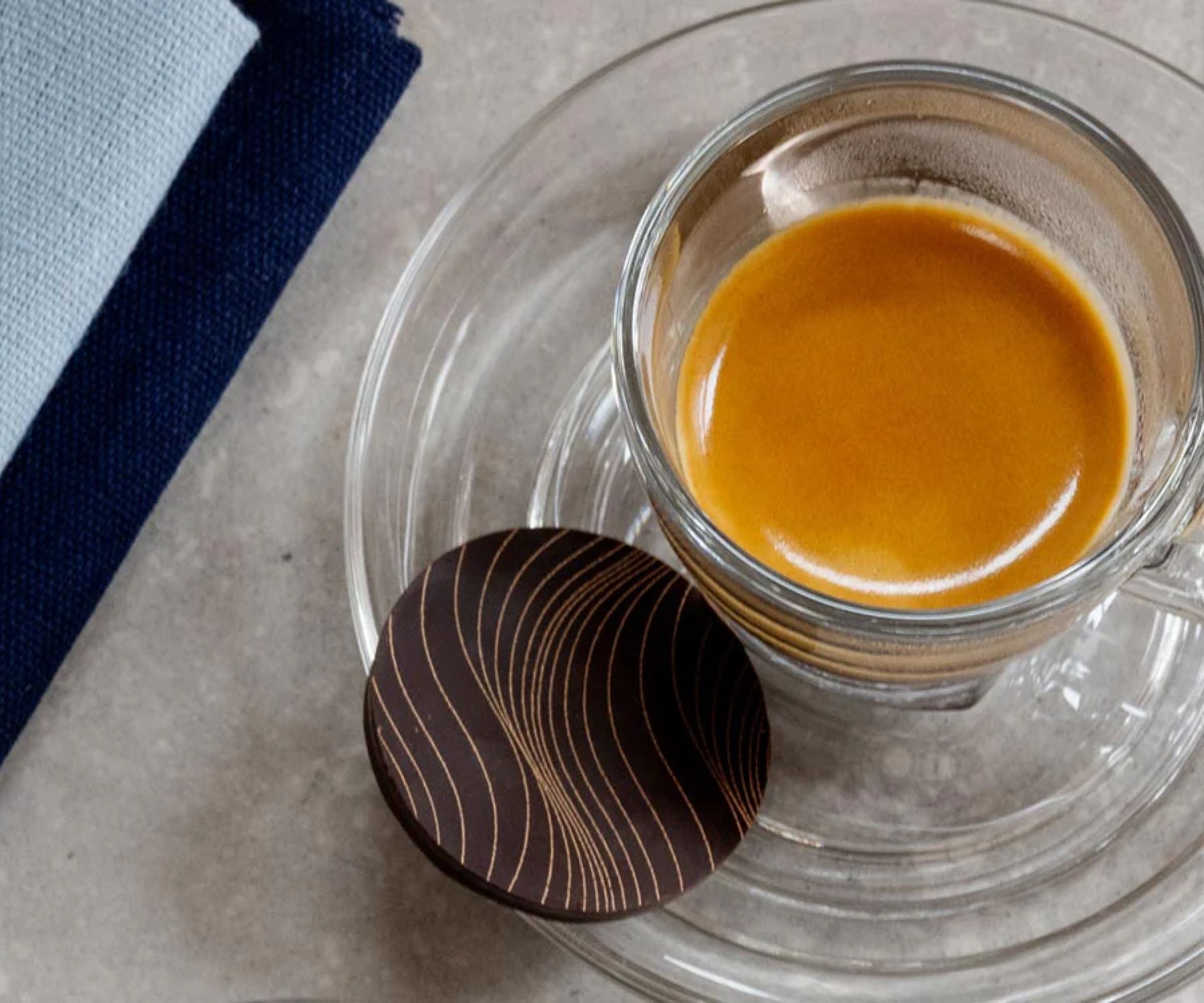
You'll often see cappuccinos served with a dusting of cocoa or chocolate on top. It's not just a pretty flourish, there's some science behind it. Cacao and coffee share hundreds of aromatic compounds, according to the Barista Institute's findings. You'll often find coffee beans described with 'chocolate notes' and vice versa.
Design expertise in your inbox – from inspiring decorating ideas and beautiful celebrity homes to practical gardening advice and shopping round-ups.
I spoke with Ashley Palmer-Watts, founder of Artisan Coffee Co and Michelin-starred chef, who takes the pairing one step further. He recommends 'taking a bite of chocolate (which shares flavor profiles with your coffee beans) and then having a sip of coffee. Alternate between the two and you'll find that they both enhance each other, meaning you can enjoy the nuances of each, even if you aren't a coffee professional'. No need to ask twice: this is our permission to have chocolate every time we have a cup of coffee.
If you don't already have a complete coffee setup, here are some of my personal recommendations for an espresso machine, cappuccino cup, and a coffee grinder (if you don't have one integrated into your espresso machine).

This espresso machine can do it all. It comes with an integrated grinder, a versatile steam wand, and plenty of technical settings. You can make delicious coffee in one of these, but it's expensive.
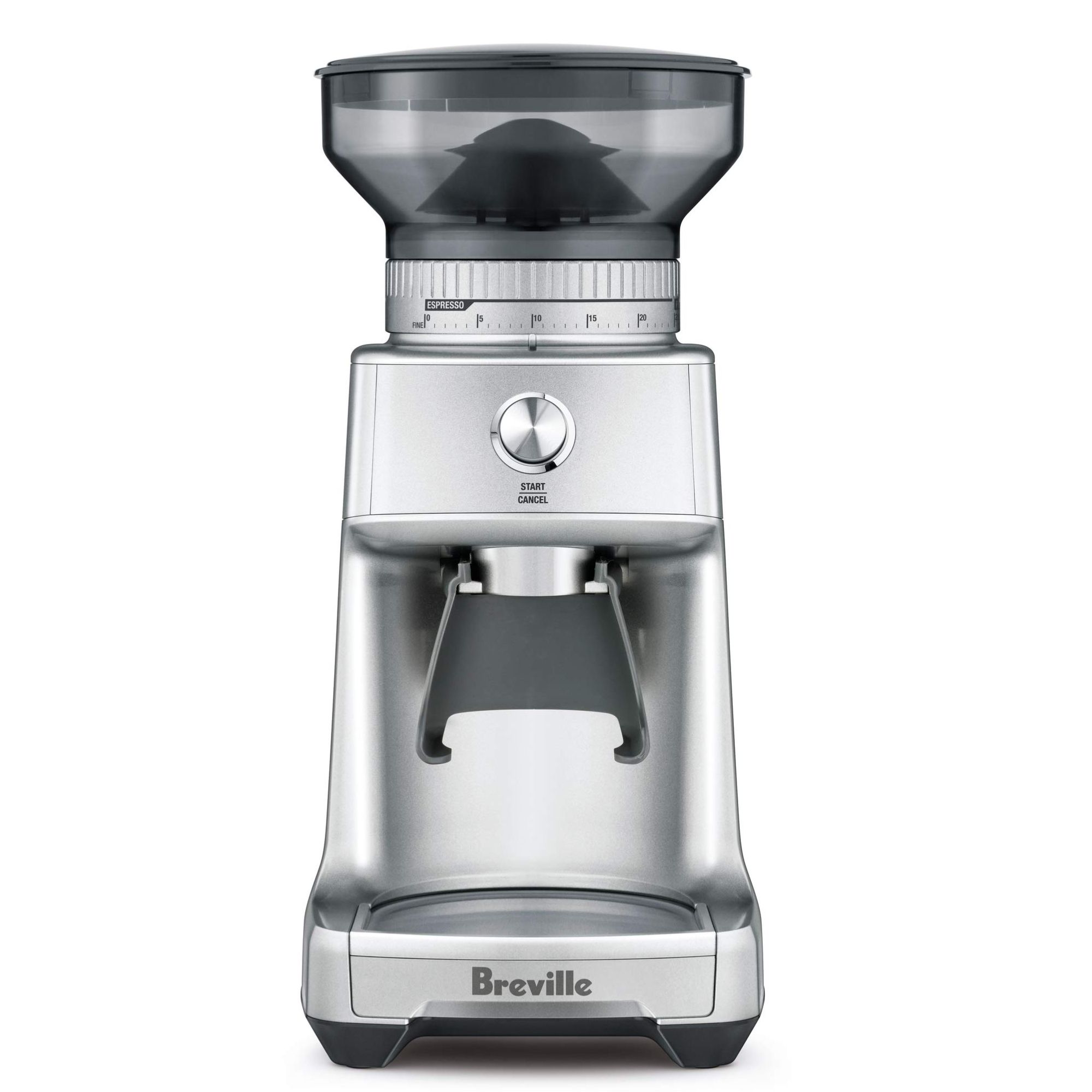
I promise this isn't an advert for Breville, but they really do make the best espresso machine and the best coffee grinder for espressos too. This has pre-sets to help beginners and is really easy to use.
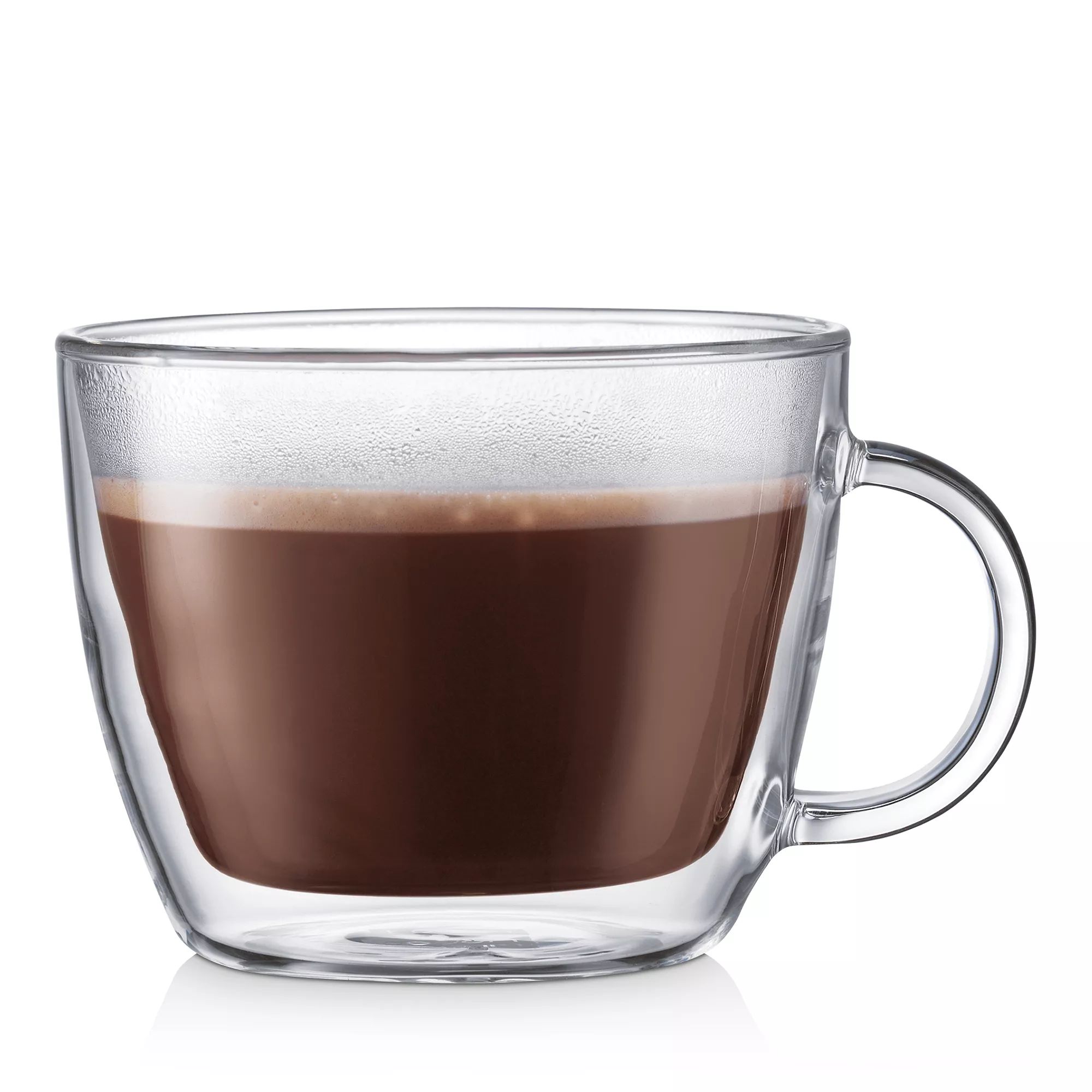
I love big, wide cappuccino cups, but not all of them are great insulators. Bodum's affordable mug is bigger than most and will keep your coffee hot for longer than porcelain and ceramic options.
How to make cappuccino with a single-serve machine and milk frother
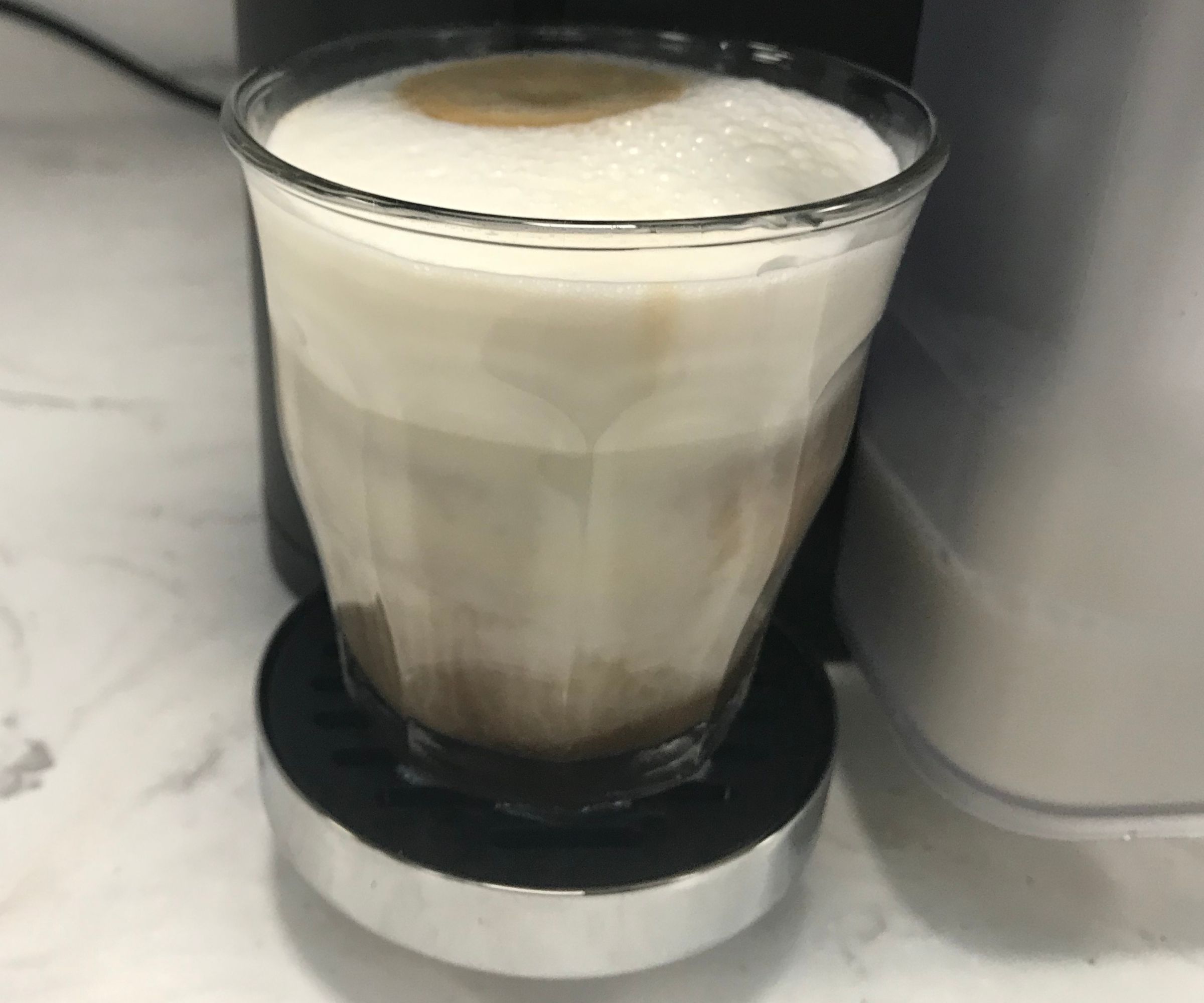
This is the Nespresso Vertuo Lattissima making a cappuccino in our test kitchen
It’s really easy to make a cappuccino with a Nespresso or a Keurig and one of the best milk frothers. Sometimes you can buy a single-serve coffee maker in a bundle with a milk frother, or, you might already own one. Either way, you're in for a treat. It's easy to make a delicious cappuccino in one of these machines.
You follow the same process as you would with an espresso machine: pull a shot of coffee, and froth your milk to the high setting (if you have icons, these are often the double layer of foam). Then pour your milk over the espresso at a steep angle, so that you get all the foam in your cup.
Kelly D'Amico, a former barista, recommends frothing the milk last because it separates almost as soon as you sit it down on the side, making it harder to get the perfect foam-to-liquid ratio. If you need some shopping advice for milk frothers, here are my three, tried-and-tested favorites:
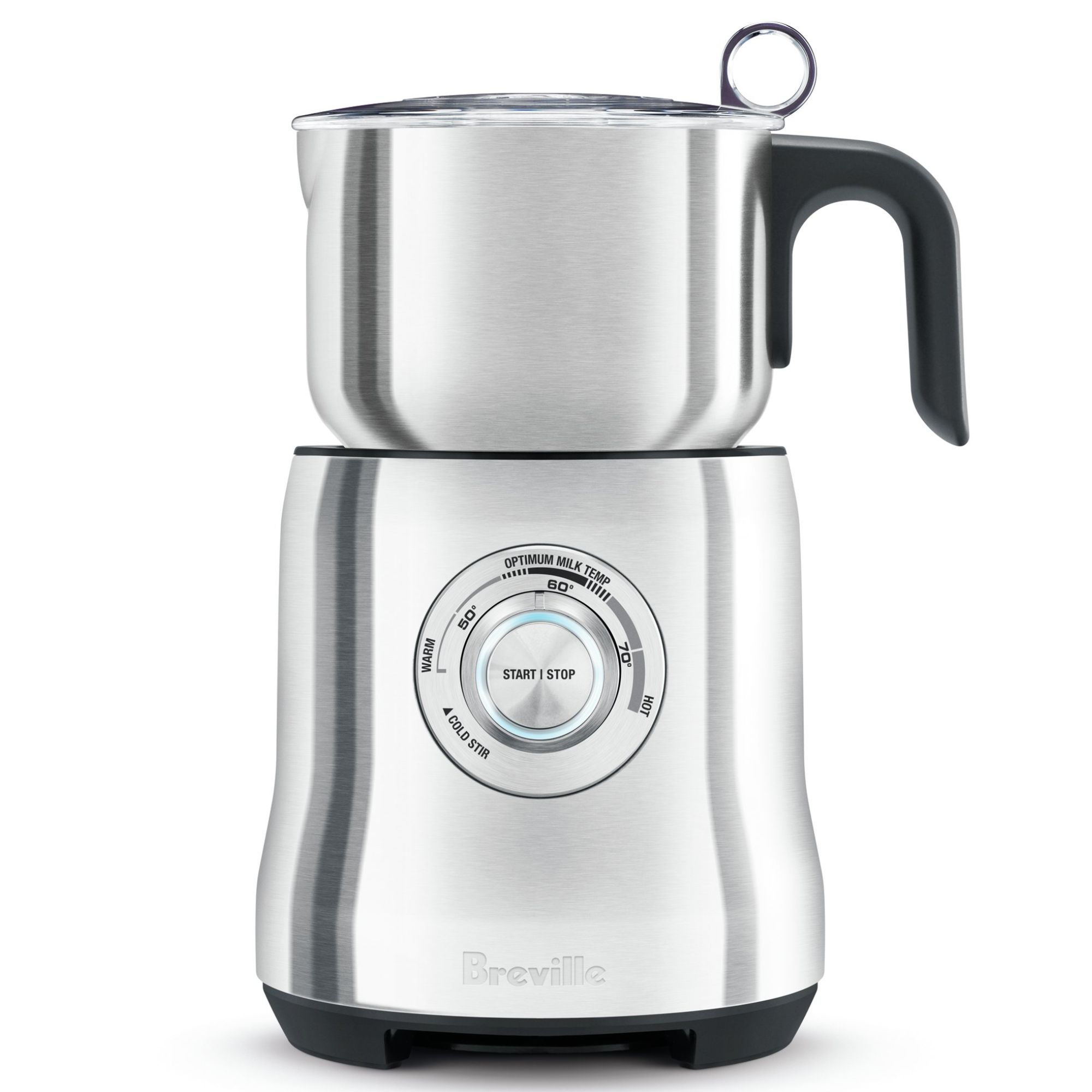
It will come as no surprise that Breville's milk frother is one of the best. It's a professional model with a unique temperature selection option. The only drawback is that you can't texture cold milk.

Nespresso's milk frother is iconic. The simple controls are easy to use and they span all the basics, from cold to hot cappuccino milk. All the parts are dishwasher-safe, but the capacity is a little limited.

This is the one I use at home, because it's perfect for cappuccinos. Even on tricky plant-based milks, this can whip up the perfect cappuccino textures. It's small and relatively inexpensive too.

Kelly was a barista before she qualified with a Bachelor's degree in Food Science and Nutrition and a Master's Degree in Global Food Technology. She knows all the science and technical details behind what makes a delicious cappuccino.
How to make cappuccino without a machine
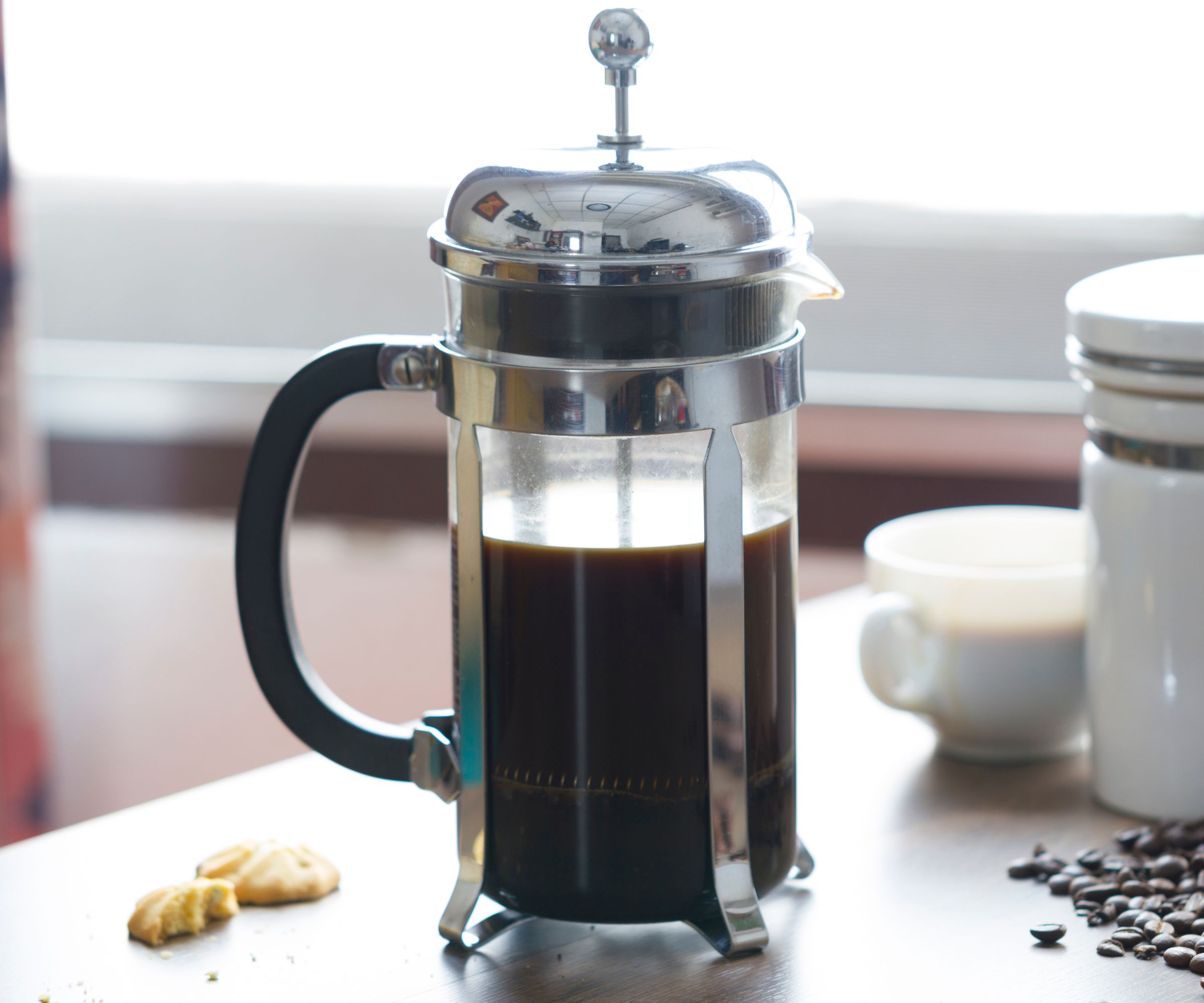
I've done a deep dive into the details of making espresso and steaming milk when you don't have a machine. Whilst your results might not be identical to your local barista's, you can still achieve some impressive results. Don't just take my word for it, SCA-certified coffee specialist, Jee Chloe, says 'if machines aren't your thing, have no fear. There are plenty of hands-on methods you can follow to get delicious coffee. I recommend using a moka pot; a French press for an 'earthier taste; or even a basic saucepan. Any will do.'
Jee's advice is simple. To make an espresso without a machine, you just need to brew really strong coffee. The reason a moka pot is the most popular alternative to espresso machines is because it can emulate espresso flavors and the thick syrupy texture almost uncannily. If that sounds like something you could use, I have written a buying guide for the best moka pots.
Moka pots aren't for everyone though. The next most popular alternative involves a French press (which can double up as your milk frother too). All you need to do is brew intense French coffee, you can make something that resembles a delicious espresso. It might sound strange, but I wouldn't recommend investing in the best French press here. You need to have a looser seal than the most premium models boast, because, to froth milk you'll have to plunge repeatedly. A tight seal will make this exhausting. Something like the inexpensive Bodum Chambord (available at Amazon) will work well without costing you more than $30.
Both of these methods require more patience and effort, but one sip of the cappuccino will remind you that this is a labor of love (which is very much worth it).

Jee is a coffee specialist, certified tea sommelier, and the founder and CEO of Coffee At Three. She's always tinkering with coffee recipes and is experienced in the art of the cappuccino. She believes that 'perfecting the cappuccino takes understanding and finesse', which Jee has plenty of advice to help you to master.
Tips, tricks, and troubleshooting

The first question, tip, ritual, and trick we need to answer is why Italians don't drink cappuccinos after 11 am. I asked my Italian barista friend who told me that, whilst it's not a law, it's a national, cultural norm. It's not about the caffeine content, because they'll happily enjoy espressos into the evening. Instead, they consider cappuccino's too milk-heavy and hard to digest past breakfast. Instead, you can enjoy it with a pastry in the morning.
After speaking with lots of baristas, I've seen a pattern of other tips and tricks that they recommend. Without exception, every barista I interviewed emphasized how important it is to experiment with flavors: try different, good-quality beans; alternative milks; and adjust the ratios to find the perfect flavors for your palette. At the end of the day, a coffee is only as delicious as the drinker deems it to be. Don't forget about the chocolate too.
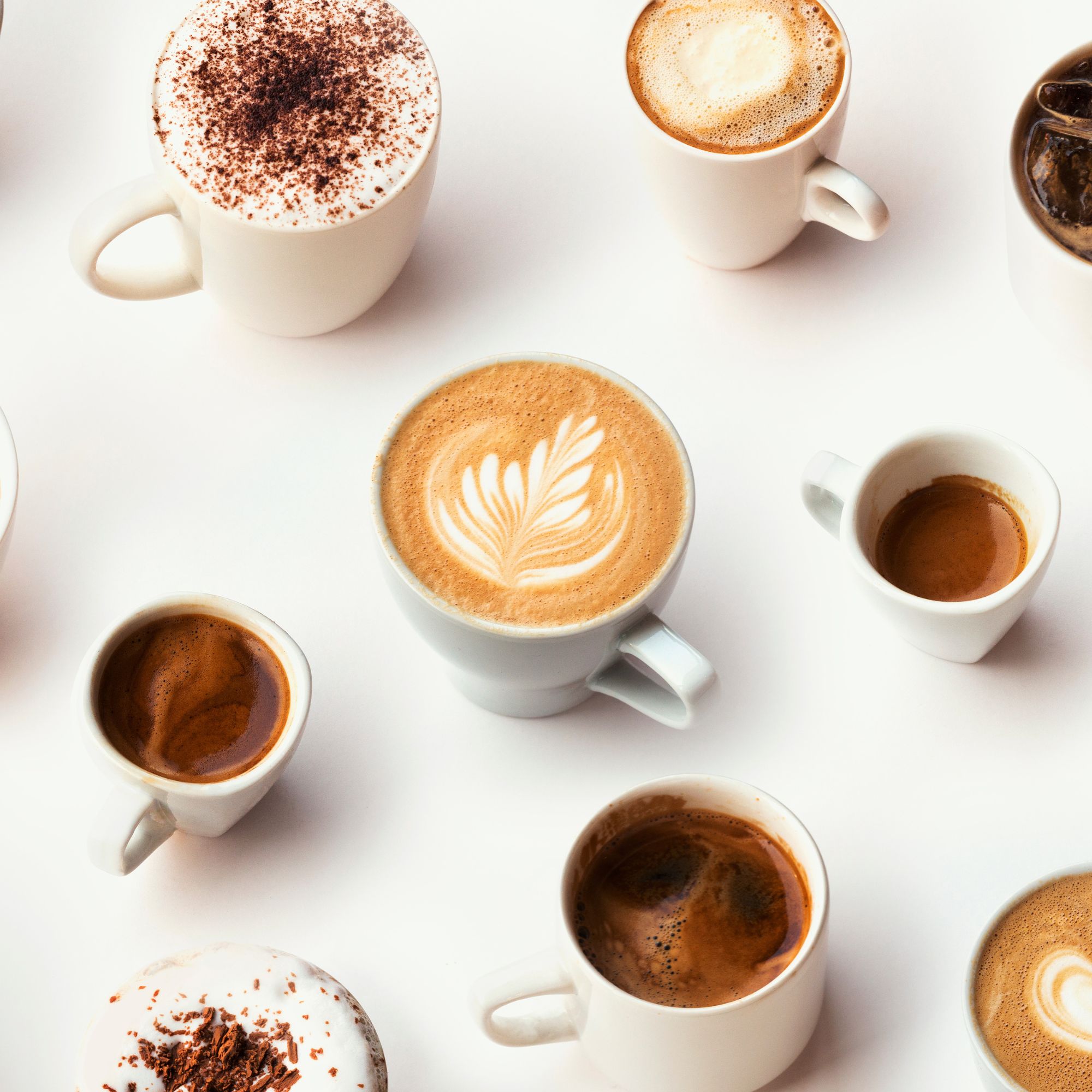
Whilst it's great to know about ways to enhance your cappuccino, what do you do if it's not tasting quite right?
Kayla Stavridis, a former barista, says ‘The most common mistake people make when making cappuccinos is with the milk. Overheating your milk can ruin the delicate flavor balance of a cappuccino. Aim for that sweet spot around 150-155°F for the perfect texture and taste.' It's not over once you've steamed though. She says that the pour is equally important 'it can affect your cappuccino's final taste and presentation. Practice pouring from different heights and angles to find what works for you.'
Kelly D'Amico, a former barista, also says 'my pro-tip is making sure that you properly clean your steam wand after use. Once the milk protein has dried, it's really hard to clean off. You can always use vinegar to clear any build-up too'. It might not be glamorous, but it is important.
FAQs
What is the difference between a latte and a cappuccino?
A latte (which you might also see called a cafe latte, is made using an espresso and hot steamed milk. This sounds the same as a cappuccino. However, a latte has less foam and more milk. The latte will have about 1cm of foam on top. A cappuccino is 1/3 foam, so will be stronger when sipped and more frothy on top. If you want to know how to make a latte at home, I've written a detailed guide for you to follow.
How is a traditional cappuccino made?
A traditional cappuccino is made using an espresso machine. This has the technical capabilities to extract delicious coffee oils under high pressures and temperatures. It can also steam milk, producing silky, velvety results.
What are the main ingredients for a cappuccino?
There's a standard ratio for making a cappuccino. It has equal parts espresso, steamed milk, and foam. It's easy. You can adjust this to suit your personal preferences, but this is the general way that beginners are advised to follow. Plus, it's probably what your barista makes for you at your local.

Laura is our eCommerce editor. As a fully qualified barista, she's our expert in all things coffee and has tested over thirty of the best coffee makers on the market. She has also interviewed Q-Graders and world-leading experts in the coffee industry, so has an intimate knowledge of all things coffee. Before joining Homes & Gardens, she studied English at Oxford University. Whilst studying, she trained as a master perfumer and worked in the luxury fragrance industry for five years. Her collection of home fragrance is extensive and she's met and interviewed five of the world's finest perfumers (also known as 'noses'). As a result of this expansive fragrance knowledge, she always puts quality and style over quantity and fads. Laura looks for products which have been designed simply and with thoughtful finishes.